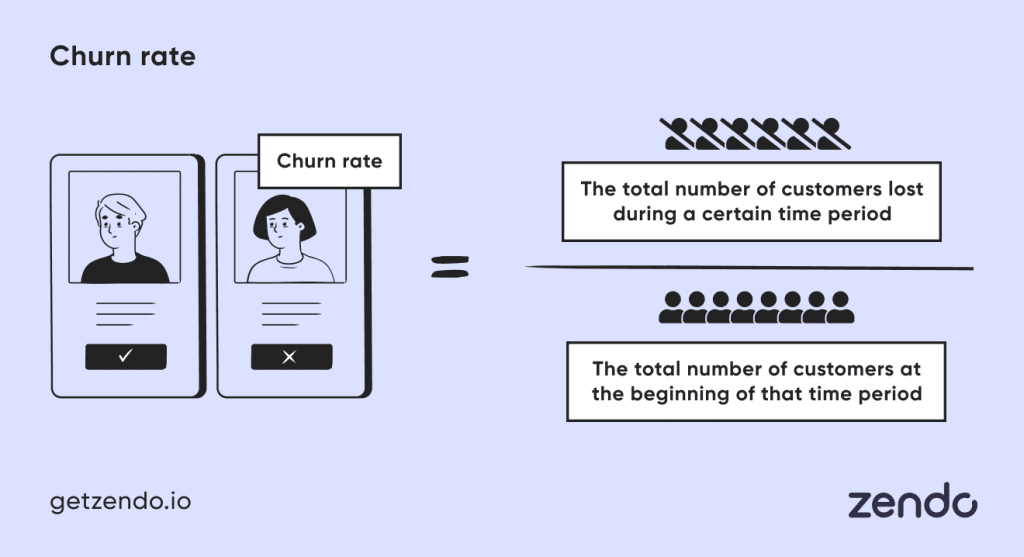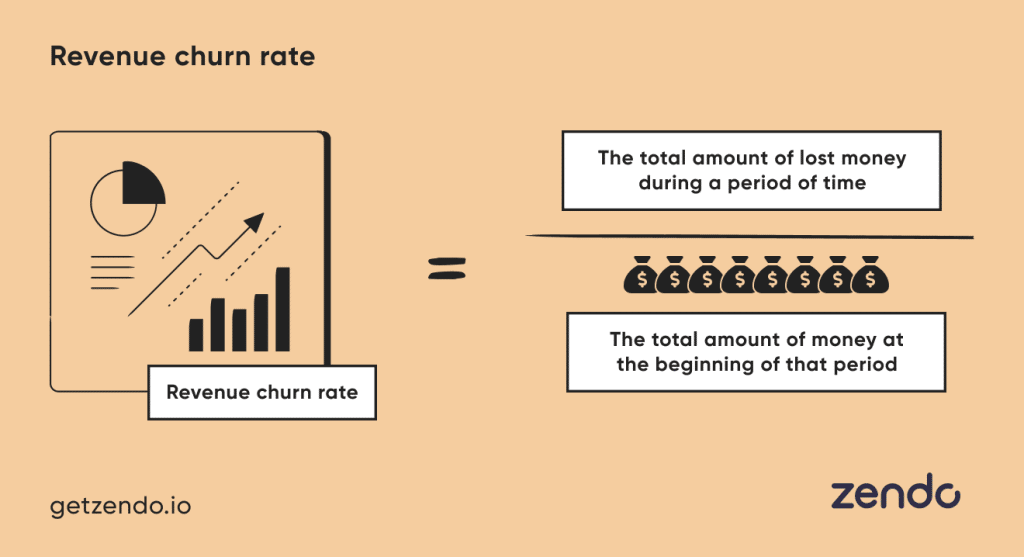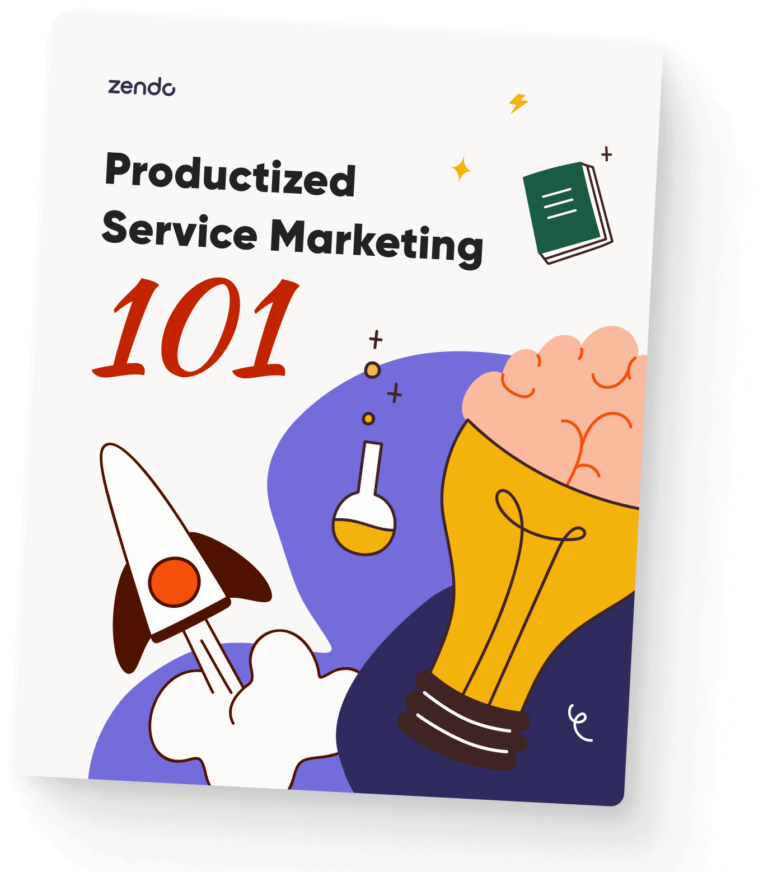A scenario where your business is failing without you knowing why is something that no one would ever want. Failing to understand why that happens may also have some unpleasant consequences. However, not everything is lost as customer acquisition metrics can help you with measuring various data.
And yes, we know that following all these methods can be tiring. From creating a strategy, through carefully planning customer acquisition cost, to understanding the funnel. It ain’t easy.
That’s why we’d like to bring up customer acquisition metrics (also referred to as customer retention metrics) that are worth tracking in 2024. So, are you ready to attract customers and test your marketing efforts? If yes, then let’s dive into them right now!
Customer Acquisition Metrics
Customer Acquisition Cost and Customer Lifetime Value
Customer acquisition cost (CAC) is one of the most important metrics that you should follow when it comes to the entire customer acquisition process. What is it, though?
CAC is the total amount of money you need for acquiring customers, including sales and marketing costs. It’s important to know and understand such things as they will allow you to track whether your strategy and approach can be potentially profitable.
Okay, so now that we’ve gotten that brief paragraph of theory out of the way, let’s shift our focus onto the specifics. First of all, we should raise one really important question — how to actually calculate customer acquisition cost?
Well, luckily for us all, it’s not so difficult. You simply need to divide your marketing expenses (yes, all of them) by the total number of acquired customers.
We’re not going to dive into real details in this article as it has already been covered on our blog before.

Similar to CAC, CLV has also been covered in that article, however, let’s quickly explain what it is as it is definitely worth mentioning.
Customer Lifetime Value, also known as CLV, is — in other words — the prognosis. Prognosis of — as my colleague wittingly mentioned in her article — the total amount of money spent by a single customer on products or services from one company.

Knowing your customer’s lifetime value gives you a totally different view. Giant companies all around the world managed to increase the CLV by performing a variety of actions.
Let’s take a look at Starbucks. Who hasn’t yet tried a Starbucks coffee? Most of us already did or at least heard about the company. Do you know how much is one Starbucks customer worth? A typical customer’s lifetime value is $14,099. The question is — how did the company achieve such a high score? It’s all because it figured out what’s important to their customers. Spoiler alert, it’s customer satisfaction. That means that the higher customer satisfaction, the higher the CLV.
Yet another great example of CLV is Apple. Thanks to the company’s subscription services, their core customer’s CLV can reach $2,400 in just 30 days! Outstanding, isn’t it? The variety of different features that Apple offers, like larger iCloud storage, Apple Music, Apple TV+, Apple Arcade, and many more, make the offer so interesting that customers are willing to stick with the product and subscribe to its services.
Churn Rate
Losing customers is inevitable. You’ll lose some of them, no matter how hard you try, as people’s needs often change. But how can you tell whether you lost too many of them? That’s where the churn rate comes into play. It’s a really important metric that allows you to track whether your current strategy is working. It’s fundamental to the success of your business, as it essentially tells you how many customers you lost.
How do you measure it, though? Let’s take a look at the method below.

Firstly, you need to take the total number of lost customers during a certain period of time and divide it by the total number of customers at the beginning of that time period. The average churn rate for SaaS businesses oscillates around 5%.
There’s yet another churn rate that’s worth paying attention to, called the revenue churn rate. Similar to the customer churn rate, the revenue one is about lost money over a span of the month, divided by the amount of money at the beginning of the month.

Carefully plan your marketing campaigns to prevent the churn rate from happening. Also, pay attention to planning marketing activities on the basis of current clients, as you certainly don’t want to abandon them.
Shopping Cart Abandonment Rate
We all visited a website at some point in our lives to purchase a product but left the item hanging in the basket for eternity (or until the website’s system takes pity on it and removes it). That’s exactly what this rate is meant to measure — the number of visitors who left the website with the item in their basket, but without finishing the transaction. It’s an important metric for your business, as decreasing the abandonment rate can directly influence your revenue. According to data found on Statista, the average shopping cart abandonment rate for all businesses is 79.8% (March 2021).
There are two stages of properly measuring the shopping cart abandonment rate.
In stage one, you need to take the total number of completed purchases and divide it by the total number of shopping carts created by users. The result will be called the success rate.

Stage two is a little bit more complicated. In order to get the shopping cart abandonment rate, follow the method below:

Conversion Rate
The conversion rate — in simple terms — is the percentage of people who bought a product from your offer, signed up for the email newsletter, or registered on your website. And let’s face it, most customers probably won’t do any of the above. That’s why it’s important to know the conversion rate, as it will allow you to measure the number and perhaps plan actions to increase that rate.
Calculating the conversion rate is definitely easier than calculating the rate mentioned above, you simply need to take the total number of conversions during a certain period of time and divide them by the total number of visitors during that time period.
When it comes to numbers, the global conversion rate for online e-commerce businesses at the end of the third quarter of 2020 was 2.17% worldwide.

Click-Through Rate
The reason why marketing is difficult is that it requires constant market analysis and plenty of other actions. Creating an ad or advertising campaign that hits the right notes is difficult, but definitely not impossible. The metric we call click-through rate may help you with seeing whether your ad serves its intended purpose and how well it does.
To calculate the CTR, you have to take the total number of clicks on the ad and divide it by the total number of ad impressions. To make everything clear — an impression happens whenever an ad is displayed for the user.
CTR is one of the metrics that have a rather low result. In the second quarter of 2020, the click-through rate for social media reached only 1.3%.

Customer Loyalty Rate
We all love loyal customers, there’s no denying that. But have you ever wondered how many truly loyal customers you have? Luckily for us all, there’s a method for calculating that, and it’s called customer loyalty rate. But what is it and how do we measure it? Well, customer loyalty rate is a way of measuring how many customers bought products or services on your website more than once or twice.
However, providing the exact definition of a loyal customer may be quite problematic. For example, if we’re taking into account a time period of three months, and products bought five times, the same numbers won’t apply to different businesses. Let’s say, you’re running a clothing store and have recurring customers that buy from you on five different occasions during these three months, the number is adequate. However, if you’re running a — let’s say — bicycle store, you probably won’t see many customers buying five bikes in the span of three months.
In order to calculate the customer loyalty rate, you need to take the total number of customers that purchased something from you at least X times during a certain time period and divide it by the total number of customers during that time period. The pattern can be found below:

Increasing customer loyalty is not that difficult. Offer your customers a loyalty program, a quick and easy checkout page, products of the highest quality, and you will definitely see the flow of new customers as well as recurring ones.
And if you’re feeling in need of a bit of a helping hand, you can also consider implementing customer acquisition services, which can significantly impact and enhance the customer loyalty rate, fostering lasting relationships with your clientele.
Average Order Value
Calculating the average order value can give you an in-depth look into the average price of a single order made on your website. You may wonder, why should you even pay attention to such a metric? There are a few reasons for that, with one of them being able to see if the current marketing strategy works or if there’s a need for a new one. The bigger the average order value, the better your company is doing. When it comes to numbers, the Average Order Value placed using desktop in the second quarter of 2021 was $184.44.
What’s more, measuring AOV is not difficult at all! All you have to do is take the total revenue and divide it by the total number of orders. That’s it!

Key Takeaways
We’re nearing the end of the article and it’s time to sum up what we’ve learned so far about customer acquisition metrics.
- The customer acquisition cost allows you to track how much money you need to acquire new customers;
- The customer lifetime value enables you to see how much money a customer spent for products on your website;
- With churn rate, you’re able to measure how many customers your company lost during a certain period of time;
- With the shopping cart abandonment rate you can check how many customers left the items in the basket without finishing the transaction;
- The conversion rate will allow you to see how many customers did a certain action during a specific time period;
- The click-through rate allows tracking if ads for your service work;
- The customer loyalty rate enables seeing how many customers bought from your service more than X times during a period of time;
- Lastly, the average order value allows you to see if your marketing strategy is working and calculate the exact average value of a single order.
Conclusions
We went through the most important customer acquisition metrics that are worth following in 2024. Each and every one of them is definitely worth taking a look into as they can give you valuable insight into what can be improved and what to pay attention to if you want to increase your customer base.
Will new customer acquisition methods appear in the future? We’ll see, but for now, all we can do is execute our customer acquisition efforts to the best of our abilities or at last, use experts’ help.
Frequently Asked Questions: Customer Acquisition Metrics
What are customer acquisition metrics?
Customer acquisition metrics are — in other words — ways of measuring different things within a company, for example, churn rate, customer acquisition cost, or click-through rate.

A free online training. Delivered daily to your inbox to grow your productized agency.











